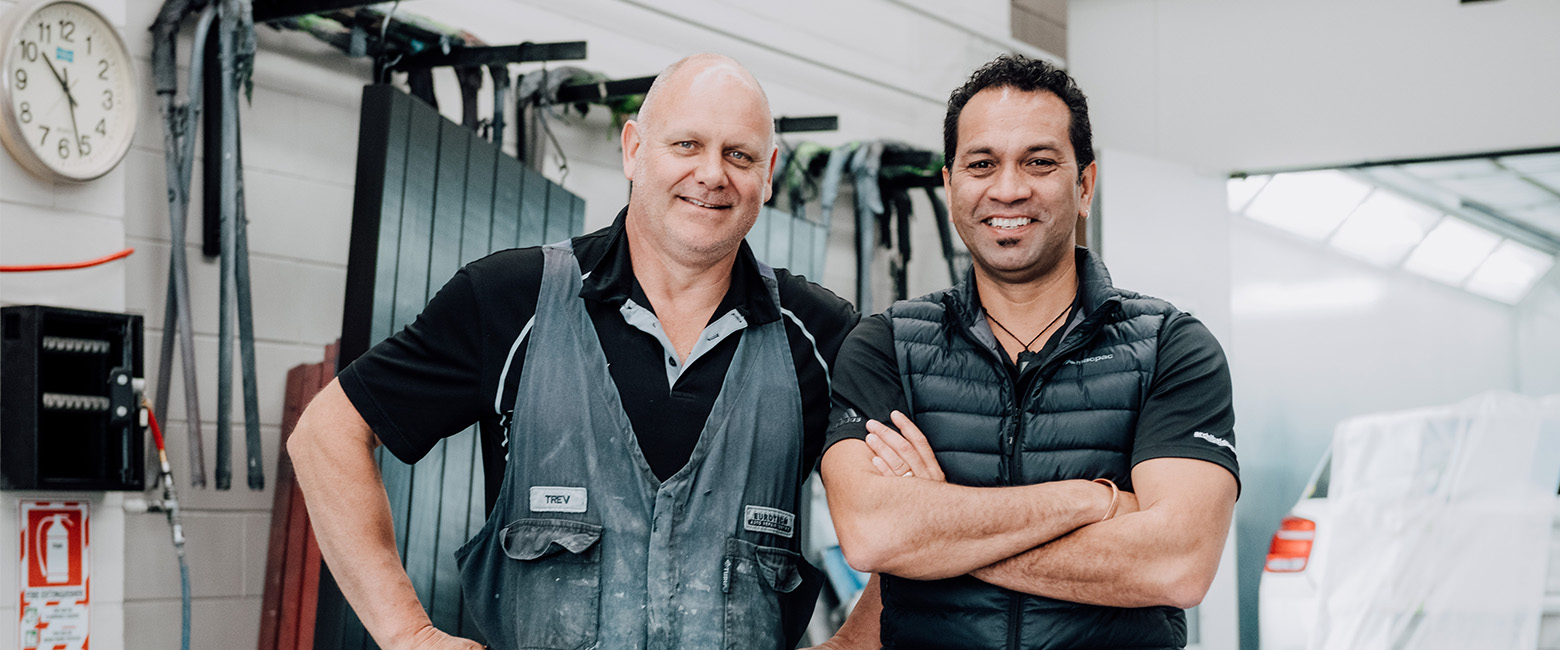At the British Museum in London there’s a clay tablet dated to 1750 BC which is engraved with the oldest customer complaint on record. The complainant, Nanni, reckoned a merchant had sold him some substandard copper ingots.
Customer service is, it appears, as old as trade itself. Customers these days might be more likely to send an email, pick up the phone or leave a bad review online than roll out a clay tablet, but the basic principle holds—customers expect good service.
Perth-based customer service expert Chris Smoje said the essence of what constitutes customer service had not changed much in the half century since Capricorn was founded, even if technology had changed the way customer service is delivered. Regardless of the technology used, what every customer wants is “old-fashioned service.”
“When people talk about ‘old-fashioned service’, it’s usually something they fondly remember with a smile,” Chris said. “Having your engine checked and windscreen cleaned while your car is being refuelled is almost completely gone, yet people fondly remember the days when it happened.”
Chris said while the essence of service had stayed the same, the pace of business had evolved, creating the perception that service had fallen behind. Technology should make service easier, but having more customers and more technology has created more customers needing more support and a greater chance of something failing.
“Therefore, many of the service interactions that are taking place are negative because they are focused on trouble shooting or problem solving, which gives the illusion that customers are complaining more,” Chris said.
So, while technology can technically provide service, it’s the human element that ensures you stay true to the fundamentals of “old-fashioned service”, according to Chris.
What are those fundamentals? Here’s Chris’s advice:
1. Urgency
Customers may have a deep connection to their vehicle if they rely on it daily. They want problems fixed quickly. Meet their service needs with a sense of urgency.
2. Knowledge
While you have the essential expertise the customer needs, being able to relay information in an understandable manner is equally crucial.
3. Trust
Vehicles are often people’s second-largest purchase after their home, so leaving them in your care requires a high level of trust. Show why you deserve that trust.
4. Relationship
Even the term “aftermarket” itself signifies the long-term connection between customers and their service providers. Focus on building lasting relationships. What will keep the customer coming back?
5. Care
What is good for the car might not always be good for the customer. For example, the ideal repair might not be within their budget. Show genuine care for both customer and vehicle and offer solutions that cater to their unique needs and circumstances.
Embracing these fundamentals will see your customers as happy today (and in 50 years’ time) as they might have been with the “old-fashioned service” of 1974. At the very least, they should keep your inbox free of clay tablets!


